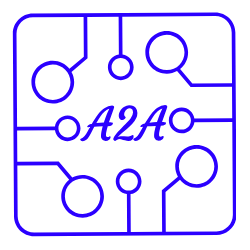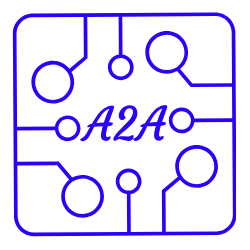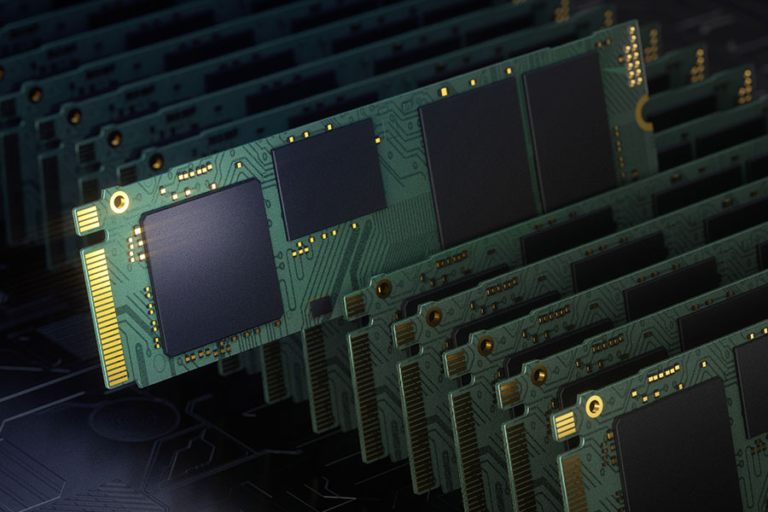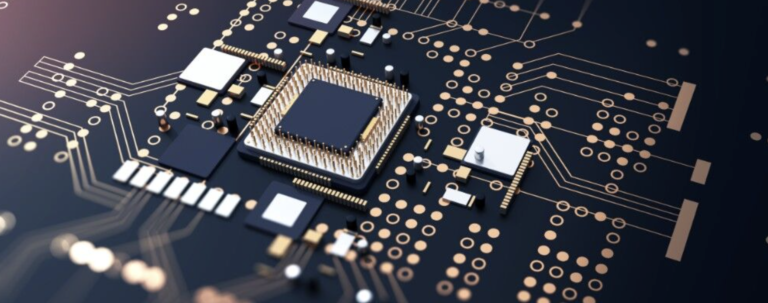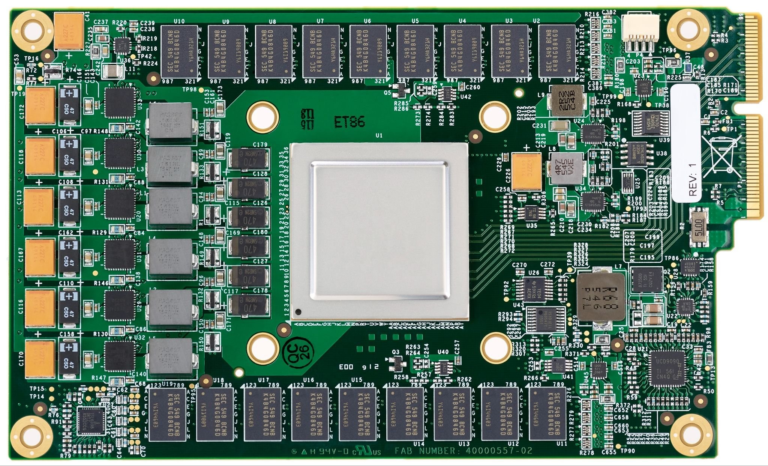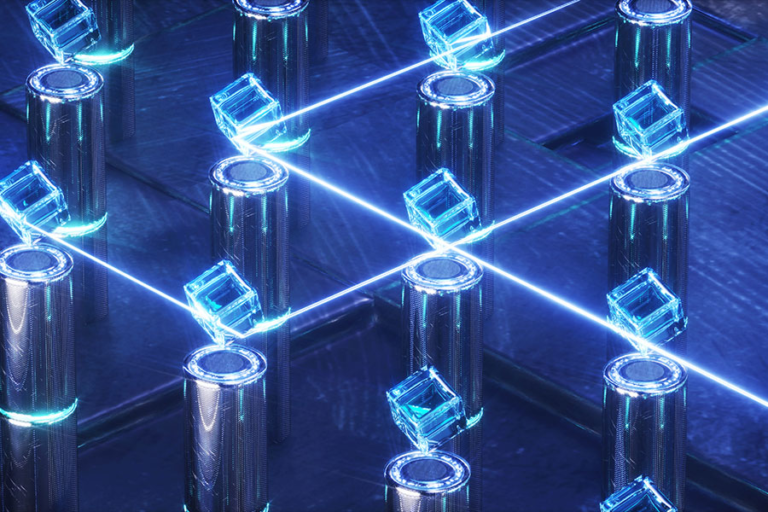Nvidia CEO Jensen Huang said that computing performance will grow exponentially in the next decade, resulting in a “hyper Moore’s Law” that will drive new artificial intelligence (AI) innovations and capabilities.
Recently, researchers from the Chinese Academy of Sciences, the University of California, and Lehman University in Israel published an article in a Nature sub-journal, predicting that generative AI may generate up to 5 million tons of electronic waste from 2020 to 2030. The electronic waste generated by generative AI scenarios mainly comes from high-performance computing hardware in data centers, such as GPUs and CPUs. From a geographical perspective, generative AI electronic waste mainly comes from North America (58%), followed by East Asia (25%) and Western Europe (14%).
ASUS previously announced that Copilot+ PC will occupy more than 20% of the market share. This goal has now been achieved. The AI server GB200 will start shipping as early as Q1 2025.
Tom’s Hardware reported that TSMC chip factory in Arizona, USA will hold an opening ceremony in December 2024. It is rumored that the newly elected US President Trump and the current President Biden will attend.
Mobile AI applications are driving demand for WiFi 7, which is expected to triple in 2025.
You can now lease a Cybertruck, starting at US$999/month.
ADI (Analog Devices) acquires eFPGA company Flex Logix.
VIS will raise US$1.856 billion through a super-large syndicated loan to build a 12-inch wafer factory in Singapore.
Graphcore, a chip design company acquired by SoftBank Group in July, has added 75 jobs worldwide and increased its headcount by 20%, highlighting its parent company’s ambitions in the semiconductor industry. The new round of recruitment will bring Graphcore headcount to about 450.
Intel faces class-action lawsuit over Raptor Lake CPU instability issues.
